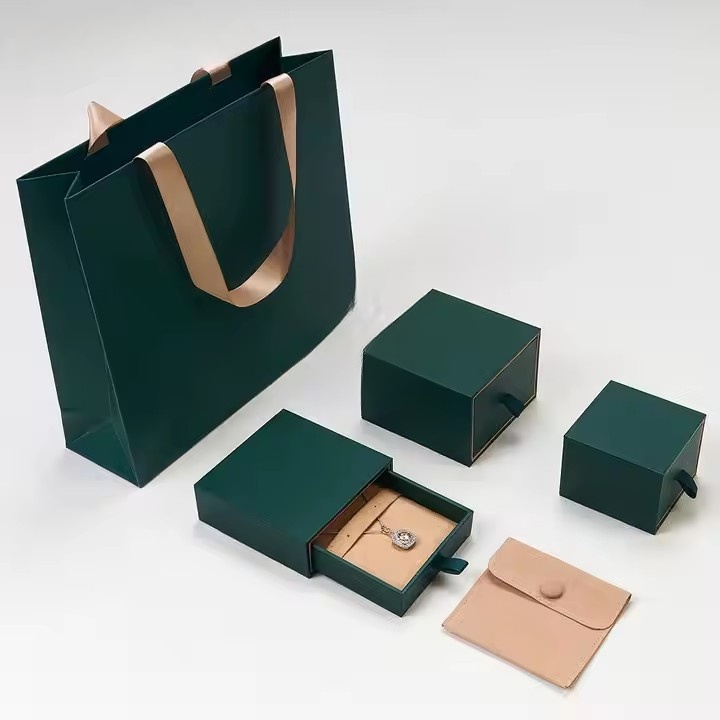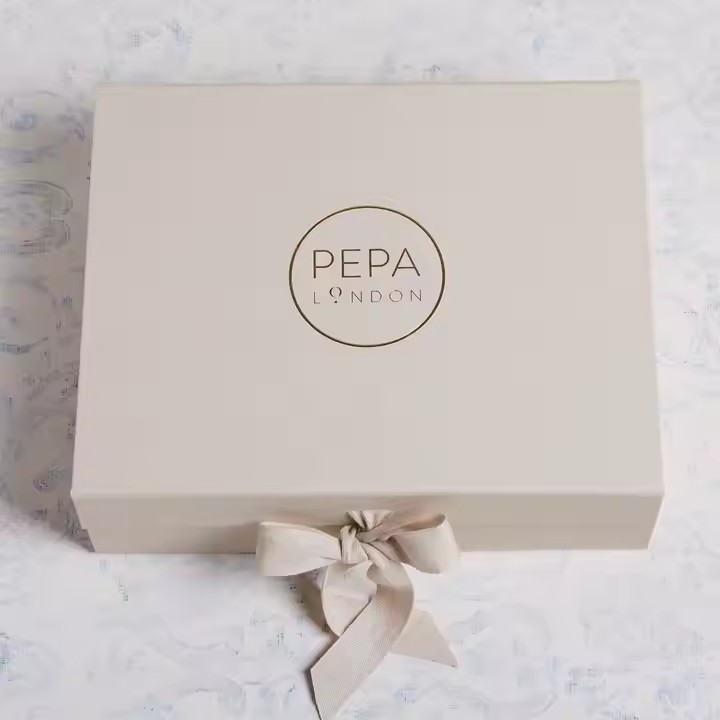When it comes to launching a product, packaging plays a pivotal role. It’s the first impression your product makes on potential customers, and it can heavily influence their buying decisions. In this article, we’ll break down how to choose the best custom packaging for your product by focusing on three key areas: appearance, function, and material.
1. Packaging Appearance: The Power of First Impressions
The appearance of your product packaging is crucial for attracting consumer attention and creating a lasting brand impression. Here are the most important elements to consider:
Color
Color is one of the most immediate ways to catch a consumer’s eye. Research shows that nearly 85% of consumers make purchasing decisions based on color, and 80% believe color improves brand recognition. Bright and bold color combinations can help your packaging stand out on crowded shelves, while aligning with your brand’s identity and logo colors ensures consistency.
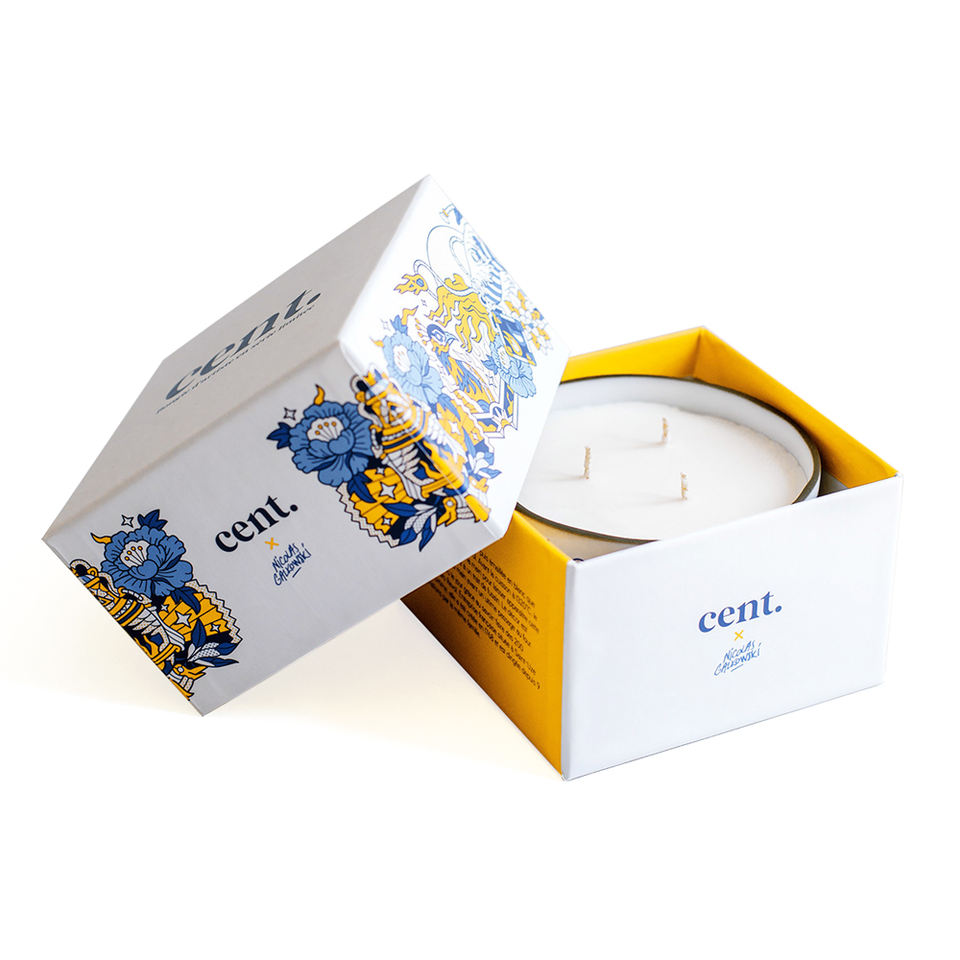
Design Elements (Logo, Icons, Patterns)
Your logo is the cornerstone of your brand. Ensure it’s prominently displayed in an easily recognizable spot on the packaging. Custom packaging offers many printing techniques to highlight your logo, including hot stamping, embossing, and silkscreen printing.
Additionally, don’t forget to incorporate product details, brand culture, and any marketing messages. For example, if you’re packaging coffee, a visual of steaming coffee can evoke the sensation of aroma, compelling customers to purchase. Creative, well-designed packaging serves as a silent salesman.
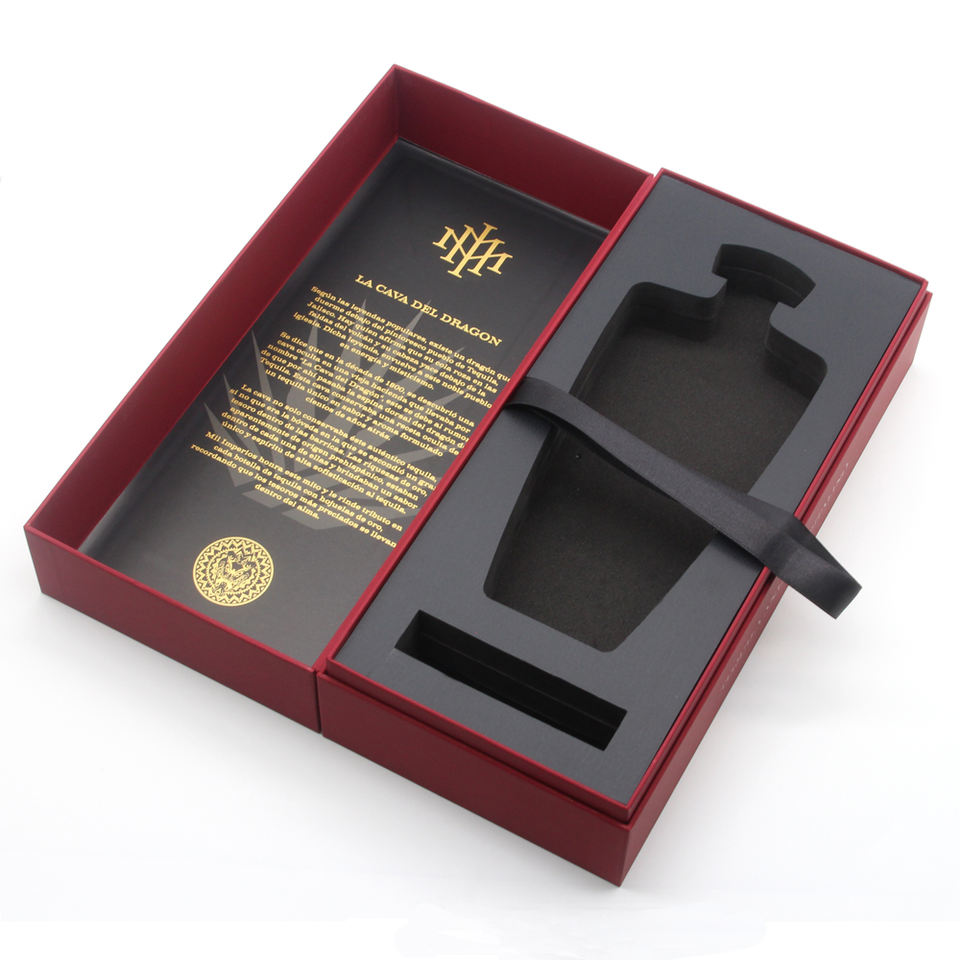
Shape
Packaging shape is not only about aesthetics but also practicality. While square boxes are the most cost-effective and easy to produce, custom-shaped packaging offers a unique visual appeal. However, custom shapes can come with a higher cost, so it’s important to balance your budget with your design goals.
2. Packaging Function: Protecting and Displaying Your Product
Functionality is another critical aspect of product packaging. The packaging must protect the product while also serving its intended purpose—whether for retail display, shipping, or gift presentation. Below are some common box shapes to consider:
Common Packaging Shapes
- Two-way Insertion: Ideal for small, low-value products, this simple box style is easy to produce at low cost.
- Flip-top box: Also known as a mailer box, this design is commonly used for shipping. Made of corrugated paper, it offers excellent protection against vibrations and pressure, making it ideal for e-commerce.
- Base and Lid Box: A lid-and-bottom structure that’s perfect for gift packaging. Square shapes are cost-effective, but you can opt for more unique shapes like heart or triangle for special occasions.
- Drawer Box: With a sliding drawer mechanism, this type of packaging enhances the unboxing experience, offering a sense of luxury and anticipation.
- Window Box: A box with a transparent window allows consumers to view the product inside, helping to increase trust and encourage purchase.
- Portable Box: This box includes a handle for easy transport, making it ideal for high-end gift packaging.
- Display Box: A key player in retail, display boxes can elevate your product’s visual appeal and increase sales by catching the eye of consumers in stores.
- Book-Shaped Box: This packaging design is ideal for luxury gifts. It opens like a book and can be secured with magnets, ribbons, or metal clasps for added elegance.
- Double Door Box: Common in the cosmetics industry, this packaging type offers dual compartments, ideal for showcasing multiple products at once.
- Folding Box: Highly efficient for shipping and storage, folding boxes can be flattened during transport and easily assembled when needed. They’re perfect for industries like clothing and gift.
3. Choosing the Right Packaging Material: Sustainability and Durability
The material of your product packaging is essential for both its durability and sustainability. While plastic packaging has come under scrutiny, paper packaging has emerged as a popular, eco-friendly alternative. Here’s a breakdown of common paper packaging materials:
Types of Paper Packaging
- Paperboard Boxes: Lightweight and cost-effective, cardboard boxes are suitable for small, low-value items such as daily essentials, food, and toys.
- Corrugated Boxes: Made of multiple layers of paper, these boxes are stronger and more durable than cardboard. They’re ideal for larger products like appliances, hardware, and fruits.
- Rigid Boxes: Made from thicker paperboard, these boxes are often used for luxury items such as jewelry and premium gifts. They can be customized with various decorative materials like velvet or satin for added elegance.
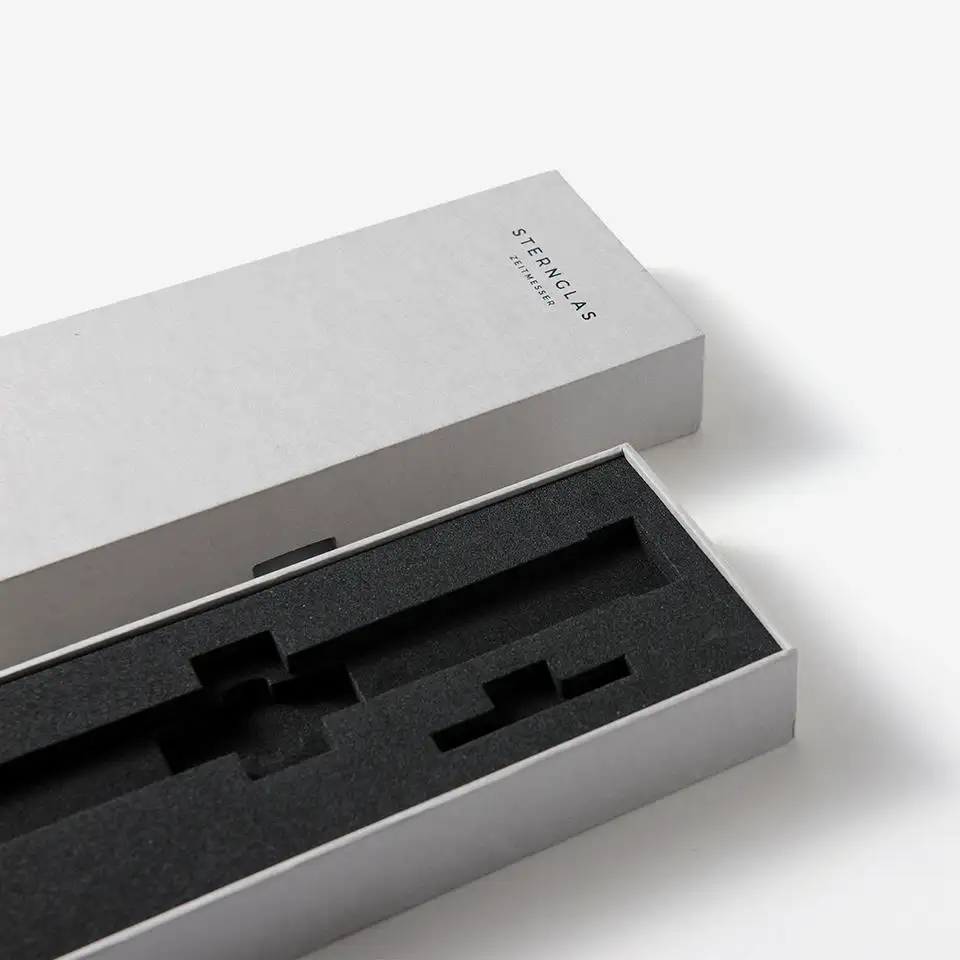
4. Sustainable Packaging Options
As consumers increasingly prioritize sustainability, opting for eco-friendly materials is not only beneficial for the environment but can also boost your brand’s image. Paper packaging is fully recyclable and biodegradable, and more companies are shifting to sustainable options, such as recycled paper or plant-based inks.
Conclusion: The Power of Custom Product Packaging
Custom packaging is an essential aspect of your product’s success. Whether you’re aiming to enhance your product’s appearance, improve functionality, or focus on sustainability, choosing the right packaging material and design can elevate your brand and attract more customers.
By considering appearance, function, and material, you can create packaging that not only protects your product but also communicates your brand’s story and engages your target audience. With so many options available, investing in custom product packaging is one of the best ways to stand out in a competitive market and drive sales.


